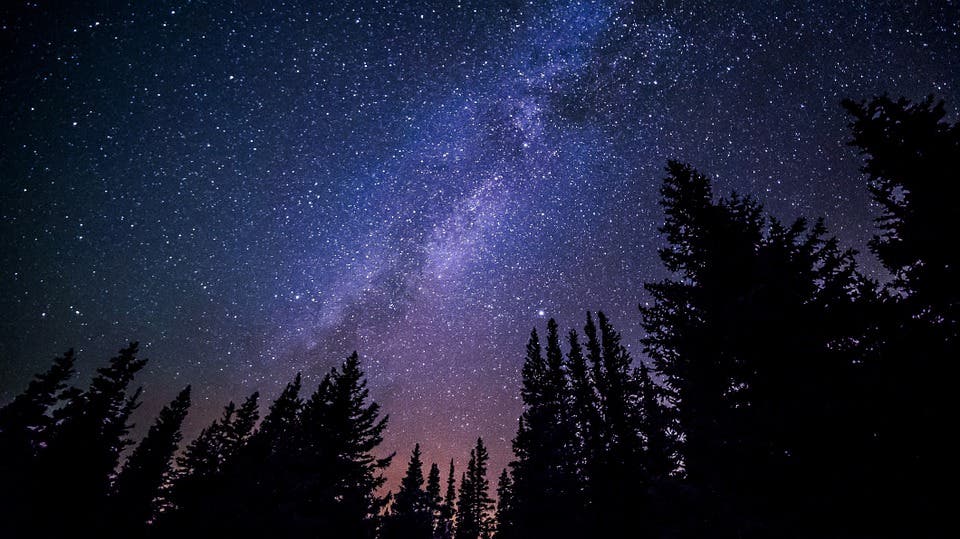
Four billion years from now, the Milky Way and Andromeda galaxies will collide in an epic clash of the titans that will light the sky in other worlds that are far away enough from the mayhem. This wouldn’t be the first time our galaxy is involved in a galactic merger. According to astronomers at the Instituto de Astrofisica de Canarias (IAC), about 10 billion years ago the Milky Way devoured a dwarf galaxy called Gaia-Enceladus. The remnants of the dwarf galaxy are believed to now form the Milky Way’s famous halo.
Big fish get bigger
Astronomers used to believe that the Milky Way is formed of two separate sets of stars. The disparities between some stars eventually turned out to reflect a much more complex story. Spanish researchers at IAC used the Gaia space telescope to measure the position, brightness, and distance of roughly one million stars. The research team also analyzed the density of metals found in stars, which revealed the disparities between the two sets — one “bluer” containing less metal, one “redder” containing more.
Remarkably, the researchers found that both sets of stars are about the same age only that the “blue” one was set into a “chaotic motion” — a telltale sign of a violent galactic collision.
“The novelty of our work is that we have been able to assign precise ages to the stars that belong to the galaxies that merged and, by knowing these ages, when the merger took place,” Carme Gallart, lead author of the study published in Nature Astronomy, said in a statement.
The Milky Way is made of at least 100 billion stars, held together by the immense gravity of a supermassive black hole lying at its center, called Sagittarius A*. The astronomers say that the collision between proto-Milky Way and Gaia-Enceladus promoted star formation for four billion years, after which gas from these formations settled into the Milky Way’s thin disk while remnants of the dwarf galaxy formed our galaxy’s halo.
It’s quite impressive that scientists were able to identify the very first stars that were part of the early Milky Way and how our galaxy was modified by this merger. Studies such as this will not only inform scientists how the Milky Way formed but also how galaxies evolve in general.


